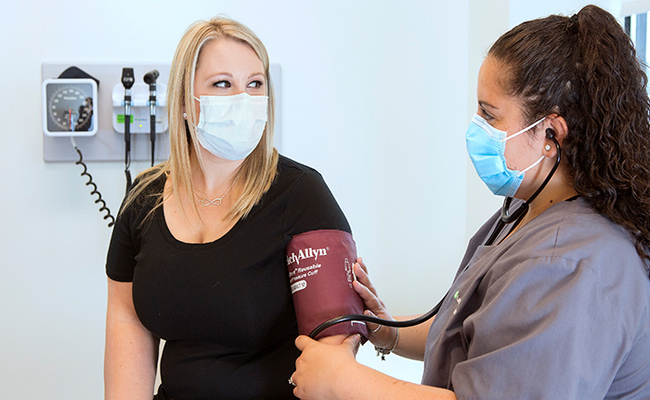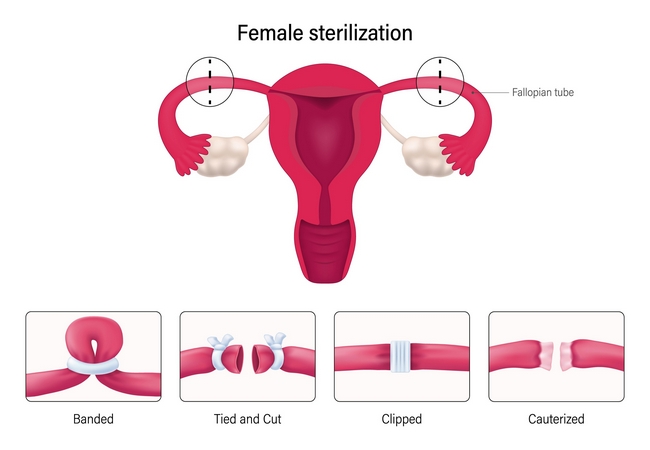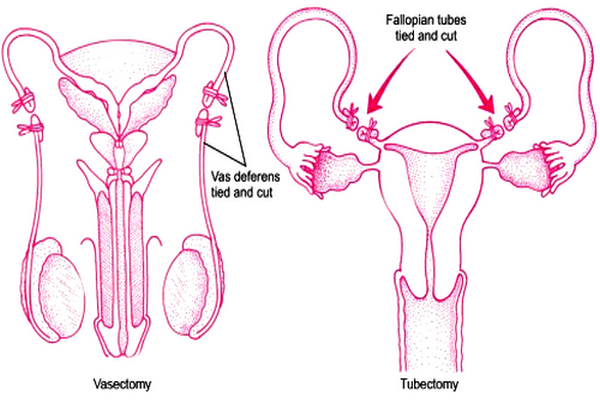Infertility of Male and Female: Diagnosis and Investigation
Definition of Infertility:
Infertility may be defined as failure to conceive after one year of married life without use of any contraceptive measures. Inability is to achieve conception after one year of regular unprotected coitus.

How to Diagnose and Investigate Infertility of Male and Female?
Diagnosis of Male Infertility:
History:
- Age, occupations, previous marriage and proven fertility.
- Congenital abnormalities.
- Exposure to toxins e.g. alcohol, smoking.
- Duration of marriage & the period of time during which contraception has been practiced.
- Prior paternity.
- Previous surgery e.g. herniorrhaphy, operation on testes or other surgery in the genital area.
- Previous infections e.g. mump orchitis, gonorrhoea or chlamydia infection.
- Drugs, e.g. guanethidine for treating hypertension (HTN), salazopyrine for ulcerative colitis reduces the sperm out.
- Sexual history includes frequency of intercourse, at what time in the cycle, details regarding coitus, including erection, ejaculation & penetration, whether either partner experiencing discomfort or lack of satisfaction.
- Occupation e.g exposure to excessive heat or radiation.
- General health (diet, exercise, review of systems).
Examination:
1. This should cover all systems with particular attention to the reproductive system.
2. In regard to reproductive system look especially for-
- Abnormalities of the penis,
- Cryptorchidism,
- A varicocele,
- The size & consistency of the testes and epididymis,
- The presence of vasa,
- Any prostatic abnormality.
You can read: Main Causes of Infertility in Males and Females
Investigations of Male Infertility:
General:
- Blood for TC, DC, Hb%, ESR, VDRL, TPHA, GET, Blood sugar.
- X- ray chest and pelvis.
Special:
- Prostatic smear & culture to exclude gonorrhea,
- Semen analysis,
- Testicular biopsy,
- Hormone analysis: Estimation of FSH, LH, testosterone, TSH, T3, T4 & Prolactine,
- Karyotype will exclude Klinefelter’s syndrome,
- Immunological test Mauntoux test,
- Urethral discharge for gram staining and C/S,
- X-ray of sella turcica for pituitary enlargement.
Other tests:
- Test for anti-sperm antibodies,
- Test for fertilizing capacity of spermatozoa,
- In vitro test of cervical mucus preparations,
- Sperm penetration assay (hamster egg penetration assay).
You can read: Types and Risk Factors of Infertility in Males and Females
Diagnosis of Female Infertility:
History:
- Age, duration of marriage, history of previous marriage with proven fertility if any.
- In utero DES exposure.
- History of pubertal development.
- Present menstrual cycle characteristics (length duration, molimina).
- Contraceptive history eg. IUCD.
- Prior pregnancies, outcomes.
- Previous surgeries, especially pelvic.
- Prior infection e.g. appendicitis, peritonitis, TB in any site, gonorrhea, chlamydia infection.
- H/O abnormal Pap smear, treatment.
- Drugs: mefenamic acid taken for mittelschmerz pain may interfere with ovulation.
- Sexual problems such as dyspareunia and loss of libido are to be enquired.
- General health (diet, weight, stability, exercise patterns, review of systems).
Examination:
This should cover all systems with particular attention to the reproductive system. In regard to reproductive system look especially for assessment of the vagina; the size position & mobility of the uterus and any enlargement or fixation of the appendages in the woman.
General examination:
- Obesity,
- Weight loss,
- Hirsuitism,
- Goiter.
Systemic examination:
- HTN, Organic heart disease, chronic renal failure, endocrine disorder etc.
Gynaecological examination:
- Hymenal patency,
- Evidence of vaginal infection,
- Cervical tear,
- Undue elongation of the cervix,
- Uterine size, position, mobility,
- Presence of adenexal masses.
Investigations of Female Infertility:
General:
- Blood for TC, DC, Hb%, ESR, VDRL, TPHA, GET, Blood sugar,
- X- ray chest and pelvis,
- Urine analysis.
Special investigation:
1. To see evidence of ovulation:
- Basal body temperature,
- Cervical mucus test,
- Estimation of serum progesterone,
- Serial estimation of LH level,
- Laparoscopy.
2. To see the tubal pathology:
- Hysterosalpingography,
- Laparoscopic dye test,
- Tubal insufflation test.
3. To see the uterine pathology:
- Hysterosalpingography.
4. To see the cervical pathology:
- Post coital test.
- Sperm cervical mucus contact test.
5. Immunological test.
6. Hormonal assays- FSH, LH, prolactine, oestrogen, progesterone, testosterone.
More questions related to this article:
- What is infertility?
- Define infertility.
- How will you diagnose a case of primary infertility due to ovulatory dysfunction?
- How will you investigate a case of infertility of male and female?











